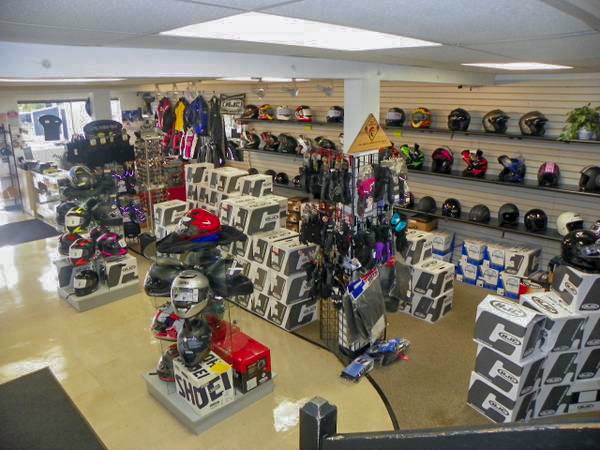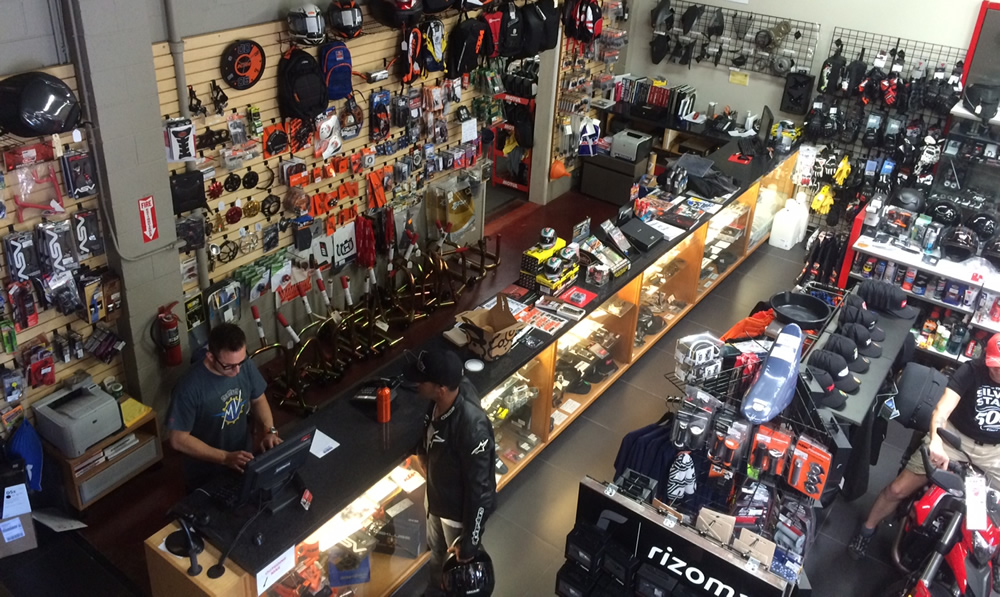Necessary Motorcycle Parts NZ for Peak Performance and Safety
Necessary Motorcycle Parts NZ for Peak Performance and Safety
Blog Article
Understanding Motorbike Gears: Exactly How to Optimize Your Riding Experience
In the world of motorcycling, mastering the art of equipment manipulation is crucial for enhancing your riding performance. Properly recognizing and making use of motorbike equipments can significantly influence gas, velocity, and control effectiveness, transforming an average experience right into a smooth, electrifying journey.
Recognizing Equipment Mechanics
At the core of motorbike dynamics, gear technicians play a crucial duty in converting engine power into activity, inevitably determining rate and control. The equipment proportions, meticulously made, figure out the connection between engine revolutions and wheel turns, impacting velocity and gas performance.
Comprehending gear technicians starts with identifying the relevance of the transmission, which houses numerous gears of differing dimensions. These gears connect with a process known as meshing, where teeth of various equipments engage to transmit power. The accuracy of this communication is crucial; any kind of misalignment or damages can result in inefficient power transfer, impeding efficiency. Furthermore, the arrangement and dimension of gears affect the motorbike's capacity to manage different loads and rates.
Furthermore, the idea of gear moving is integral to optimizing efficiency. Smooth and prompt changes make certain that the engine runs within its optimal power band, protecting against unnecessary stress and boosting durability (motocross gear). By comprehending these mechanical complexities, cyclists can achieve a harmonious blend of power, control, and effectiveness, raising their riding experience
Timing Your Changes
Change timing mastery is vital for maximizing motorcycle performance and boosting the riding experience. Correctly timed changes ensure that the engine operates within its ideal power band, which is vital for keeping control, achieving smooth acceleration, and guaranteeing the durability of the motorbike. Riders must develop an user-friendly feeling of when to move equipments, which includes recognizing the partnership between engine changes per min (RPM) and speed.
To understand change timing, pay attention to the engine's sound and feel, as these offer crucial hints about when to transform gears. The optimal shift point usually happens when the engine comes close to the top series of its power band without reaching the redline. Shifting prematurely can cause a lack of power, while shifting far too late might create unneeded engine stress
Furthermore, road problems and riding design influence shift timing. In metropolitan settings, smoother and extra regular changes may be necessary to browse traffic effectively. In comparison, throughout highway riding, fewer changes at higher rates can be much more appropriate. Exercising in diverse atmospheres will improve your capacity to time shifts specifically, ultimately boosting your riding experience to an expert degree.
Enhancing Gas Performance
While grasping motorbike gears is crucial for efficiency, enhancing fuel performance is equally essential for both environmental and economic factors. Optimum fuel intake not only minimizes operational expenses yet also reduces the environmental footprint of riding. To achieve this, one have to understand the elaborate partnership in between gear choice and engine efficiency.
Riding in a higher equipment at reduced rates can lead to engine lugging, which is harmful to both fuel economic situation and engine wellness. Conversely, riding in lower equipments at high rates results in unnecessary gas intake.
In addition, normal maintenance plays a pivotal function in fuel performance. Making certain that the bike is well-tuned, with tidy air filters and properly inflated tires, can enhance aerodynamics and decrease fuel wastefulness. In addition, adopting a riding style that welcomes steady acceleration and smooth deceleration can add to better fuel economy.

Techniques for Smooth Transitions
Attaining smooth equipment shifts is fundamental to boosting the riding experience and making certain the long life of a bike's transmission system. Appropriate gear changing not just adds to a smooth experience yet additionally minimizes wear and tear on the mechanical parts. To understand the art of smooth transitions, riders should concentrate on a few essential techniques.
Secondly, clutch control plays a crucial function. Engaging and disengaging the clutch smoothly calls for technique. The clutch lever ought to be released progressively, permitting a seamless transfer of power from the engine to the wheels without triggering a jolt or sudden movement.

Adapting to Roadway Conditions
Navigating diverse road conditions is a crucial skill for any motorcyclist intending to keep control and safety. Whether you're riding on damp surfaces, crushed rock roads, or browsing sharp turns, your capacity to adapt your equipment usage and riding method is vital. Comprehending exactly how to adjust your gears suitably can considerably influence traction and security, guaranteeing a more secure trip.
On wet roadways, it is a good idea to preserve higher equipments to reduce torque and reduce wheel spin. This technique assists preserve grasp on unsafe surface areas, permitting smoother velocity and redirected here slowdown. In contrast, when riding on crushed rock or unequal terrain, reduced gears are better. Reduced gears provide much better control and allow you to react more quickly to unanticipated modifications in the roadway surface area.
Sharp contours demand exact gear management to stabilize rate Learn More and control. Downshifting prior to entering a contour can aid preserve energy while guaranteeing the bike stays steady throughout the turn. Regular technique in diverse conditions enhances your ability to react and predict to modifications in roadway texture and incline.
Final Thought
Mastering motorbike equipments considerably enhances the riding experience by enhancing gas, control, and acceleration effectiveness. A detailed understanding of equipment mechanics and exact change timing makes sure the engine runs within its ideal power band, while smooth transitions with reliable clutch and throttle coordination increase comfort and performance. Adapting equipment selection to different roadway conditions, such as making use of higher equipments on damp surfaces and lower gears on gravel, more improves handling and safety and security. Eventually, these abilities elevate the overall journey.
Recognizing equipment auto mechanics begins with recognizing the importance of the gearbox, which houses numerous equipments of differing dimensions. These equipments communicate through a procedure known as meshing, where teeth of various equipments engage to transmit power (motocross gear nz). Mild modifications to the throttle during gear shifts can stop jerky motions and keep a regular riding rate
Whether you're riding on damp surface motorcycle hard cover areas, gravel roadways, or navigating sharp turns, your ability to adapt your gear usage and riding method is critical. Adjusting gear choice to numerous road conditions, such as using higher equipments on wet surface areas and lower gears on gravel, more enhances handling and security.
Report this page